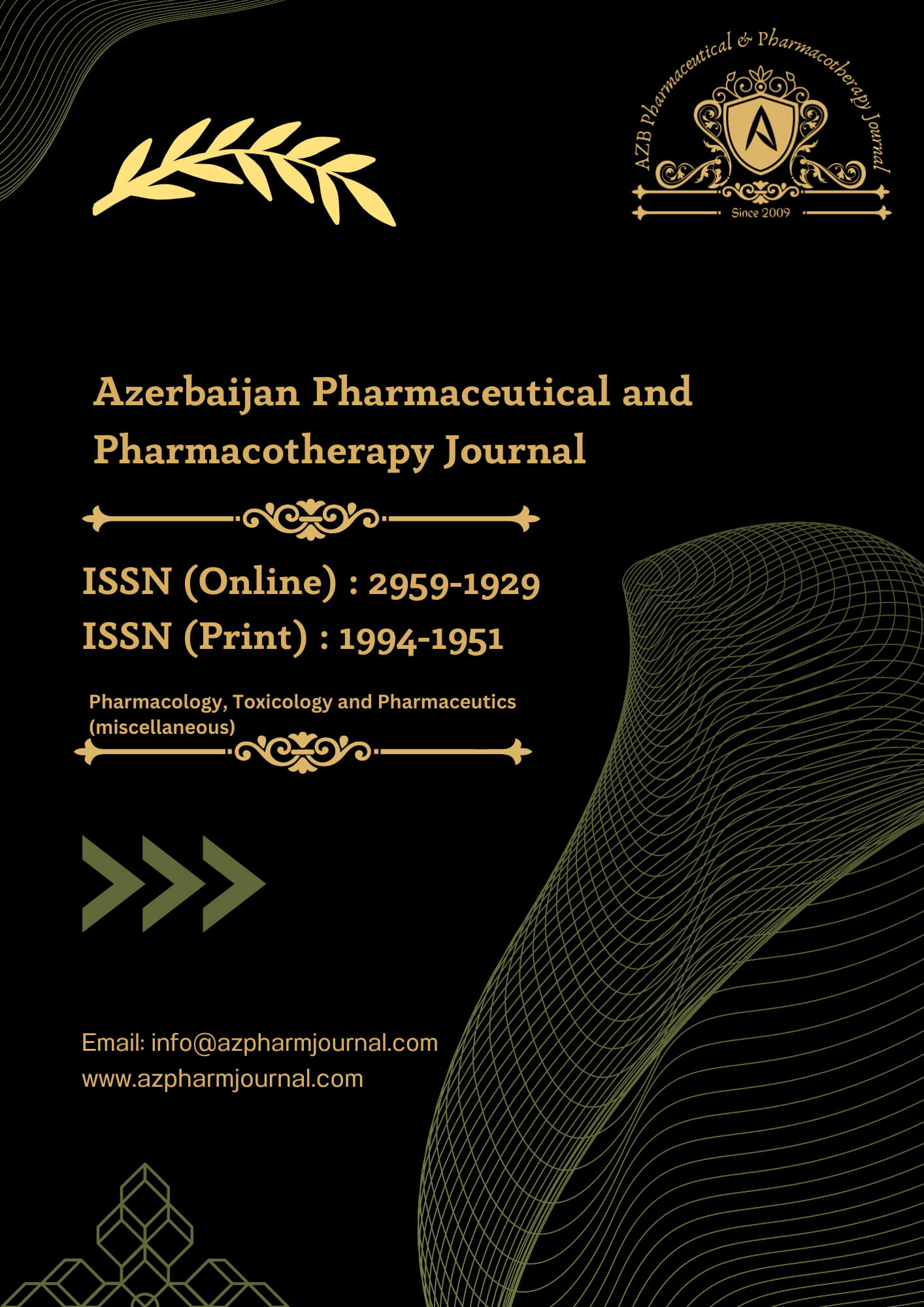4. Discussion
In this study, we compared clinical & angiographic one year follow up in IDDM & NIDDM groups. The results revealed that IDDM patients had worse outcome after PCI, and reduced one-year cumulative MACE free survival rate, in compared with NIDDM. In our study we found that after 12 month follow up, there was high rate of cardiac death, nonfatal MI, and both TLR and NTRL in IDDM patients although, in diabetic individuals, PCI with DES may minimize the possibility of restenosis and TLR [36, 37]. The significant probability of failure following PCI in diabetic individuals with coronary artery disease was caused by one of two mechanisms: restenosis or disease progression. These mechanisms are influenced by metabolic dysregulation caused by persistently elevated blood sugar and insulin resistance. As in the Greek trial, only diabetes was a distinct risk indicator for angiographic re stenosis following sirolimus eluting stent insertion [38, 39, 40, 41].
In a recent real-world multicenter registry, IDDM patients exhibited no benefit after DES implantation, but NIDDM showed significant reductions in the 2 years that’s relative risk of severe serious cardiac events and TVR [42, 43, 44, 45]. As previously reported, the SIRIUS trial research unable to demonstrate benefit with sirolimus eluting stent usage in a subset of IDDM patients [46, 47]. Similarly, insulin therapy was an independent risk factor for TLR in the EVASTENT matched-cohort registry [48, 49, 50]. In addition, the DIABETES experiment found that each of the NIDDM and IDDM patients required recurrent PCI revascularization [51, 52, 53].
There was a substantial difference in the frequency of mortality among the two groups in the current investigation. At a 2-year follow-up, Ortolani et al identified IDDM as a separate predictive of all cause’s death/acute MI [54]. STEMI is still a serious problem following DES placement, particularly in diabetic individuals [55, 56, 57]. There were no noteworthy variations in the occurrence of ST among individuals who received insulin or oral medications in this investigation. In general, ST is an uncommon issue, and our research may have been underpowered to show such differences. Although the total ST rate in both groups was equal in our research, more people with IDDM than NIDDM patients had late ST. IDDM was a distinct risk indicator for ST at one year in the Cypher registry.
